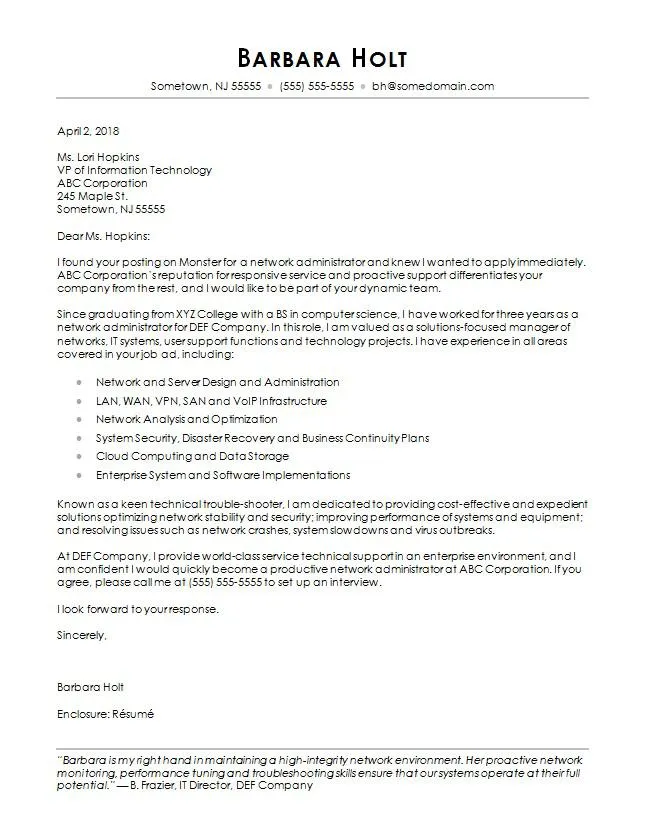Why Cover Letters Matter in Computer Science
In the competitive field of computer science, a well-crafted cover letter can be your key to unlocking new opportunities. While your resume provides a snapshot of your technical skills and experience, the cover letter allows you to tell a story, demonstrating your personality, passion, and suitability for a specific role. It’s a chance to go beyond the bullet points and connect with the hiring manager on a more personal level. A strong cover letter can significantly increase your chances of getting an interview, especially when applying for positions where many candidates possess similar qualifications. By highlighting your unique contributions and explaining your career goals, you can set yourself apart from the competition and make a lasting impression. Think of it as your first introduction to the company, a chance to showcase not only your technical expertise, but also your communication skills, enthusiasm, and cultural fit within the organization. Don’t underestimate the power of a well-written cover letter in landing your dream computer science job.
The Structure of a Computer Science Cover Letter
A well-structured cover letter is crucial for making a positive impression. It should follow a logical flow that’s easy to read and understand. The standard structure includes the header with your contact information, the date, the recipient’s information, a professional salutation, an engaging opening paragraph, a section highlighting your key skills and experience, a compelling closing paragraph with a call to action, and finally, a professional closing. Each section plays a vital role in conveying your qualifications and enthusiasm. The header ensures the recruiter can easily contact you. The opening paragraph grabs their attention and sets the tone, the body of the letter showcases your relevant skills and experience, and the closing paragraph reinforces your interest and encourages them to take the next step. Adhering to a standard structure ensures you present your information in a clear, concise, and professional manner, increasing your chances of success.
Your Header Contact Information
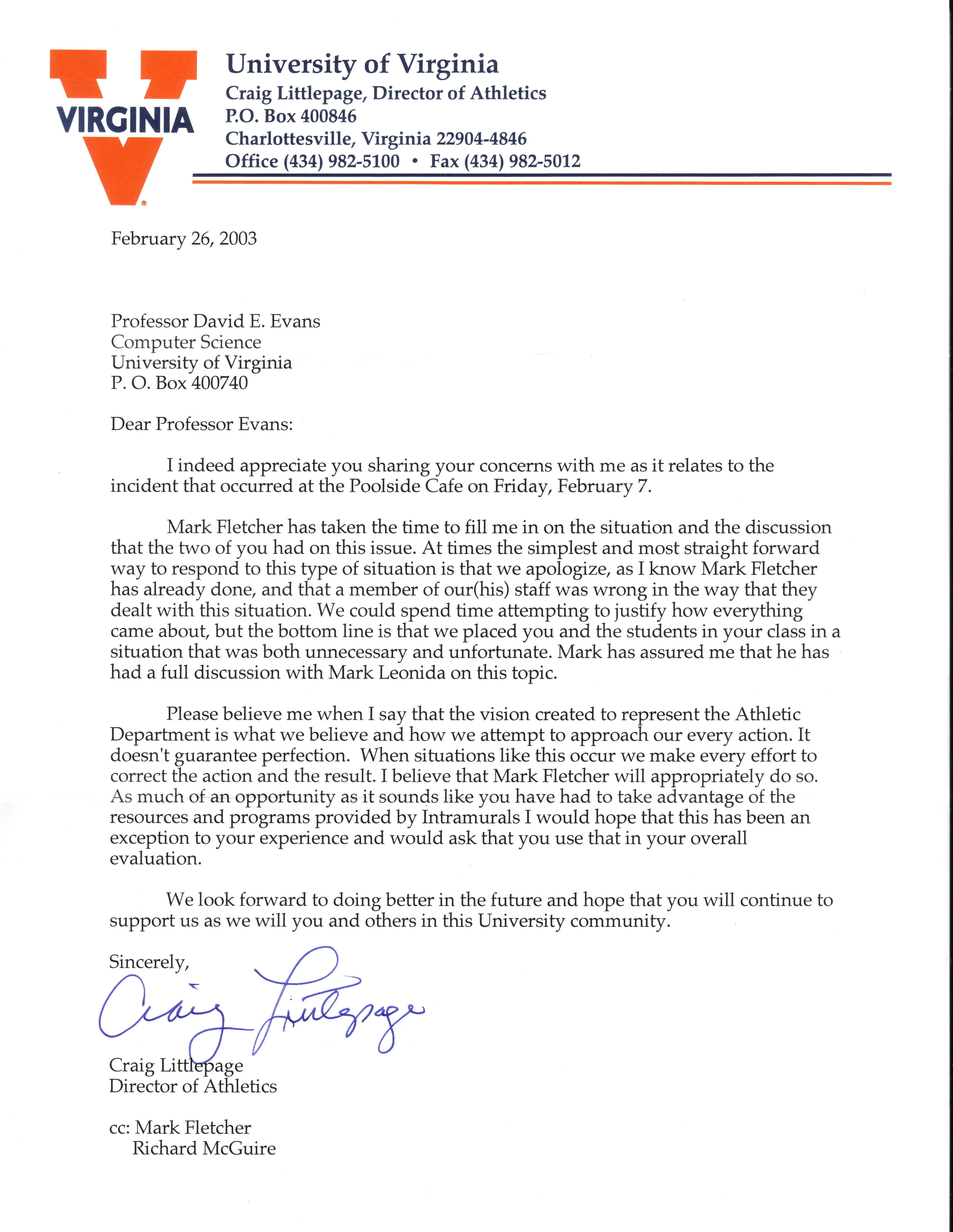
Your header should clearly display your contact information. This typically includes your full name, phone number, email address, and optionally, your LinkedIn profile URL or personal website. Make sure this information is accurate and up-to-date. It’s crucial that the hiring manager can easily reach you. Avoid using unprofessional email addresses. Choose a professional-sounding email address that includes your name. The header should be clean and easy to read, ensuring your contact details are readily accessible. This simple step can prevent your application from being overlooked due to missing or incorrect contact information, and it shows attention to detail.
Date and Recipient Information
Below your header, include the date you are submitting the cover letter. Following the date, address the recipient with their title and company. If possible, find the name of the hiring manager or the specific person who will be reviewing your application. Addressing the cover letter to a specific person shows you’ve done your research and adds a personal touch. If you are unable to find the hiring manager’s name, use a professional salutation like ‘Dear Hiring Manager’ or ‘Dear [Department Name] Team’. Double-check all information to ensure accuracy, as errors can reflect poorly on your attention to detail.
The Opening Salutation
The salutation sets the tone for your entire cover letter. As mentioned, ideally, address the hiring manager by name. This personal touch demonstrates that you’ve taken the time to research the company and the specific role. If you don’t know the hiring manager’s name, use a professional alternative. Avoid generic salutations like ‘To Whom It May Concern,’ which can come across as impersonal. Instead, ‘Dear Hiring Manager’ or ‘Dear [Department Name] Team’ are good choices. The salutation is your first opportunity to make a positive impression, so choose a greeting that is professional, respectful, and appropriate for the company’s culture. It’s a small detail, but it contributes to the overall impact of your cover letter.
Crafting a Compelling Opening Paragraph
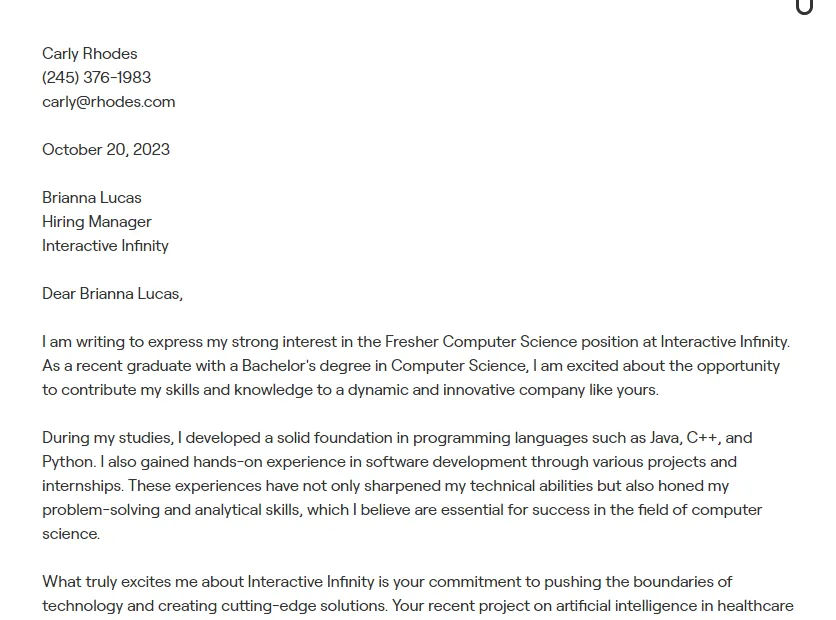
Your opening paragraph is your chance to grab the reader’s attention. Start by stating the position you are applying for and where you found the job posting. Briefly explain why you are interested in the role and the company. Show your enthusiasm and make a connection between your skills and the job requirements. Highlight something specific that attracted you to the opportunity, such as the company’s mission, a particular project, or the opportunity for professional growth. Avoid generic openings like ‘I am writing to express my interest.’ Instead, be direct and enthusiastic. The opening paragraph should be concise, engaging, and set the stage for the rest of your cover letter.
Highlighting Your Key Skills and Experience
The body of your cover letter is where you showcase your skills and experience. Focus on the most relevant aspects of your background. Tailor this section to match the job description, highlighting the skills and experiences the employer is seeking. Provide specific examples to demonstrate how you’ve used these skills in the past. Use action verbs to describe your accomplishments. Quantify your achievements whenever possible. For instance, instead of saying, ‘Managed a team,’ say ‘Managed a team of 5 developers, increasing project efficiency by 15%’. Be clear, concise, and results-oriented. This is your opportunity to convince the hiring manager that you have the qualifications they need. Focus on what makes you a strong fit for this specific role and company. Use specific keywords from the job description to enhance your relevance.
Quantifying Your Achievements
Quantifying your achievements is essential for demonstrating the impact of your work. Whenever possible, use numbers, percentages, and data to support your claims. For example, instead of saying ‘Improved website performance,’ say ‘Improved website loading speed by 30%, resulting in a 20% increase in user engagement.’ Quantifiable achievements provide concrete evidence of your skills and abilities. They make your accomplishments more credible and memorable. Think about the results you’ve achieved in previous roles and quantify them. Consider metrics such as project completion rates, cost savings, user satisfaction scores, and revenue generated. By providing specific and measurable outcomes, you effectively show the value you bring to an organization. This is a critical step in differentiating yourself from other candidates.
Showcasing Your Technical Skills
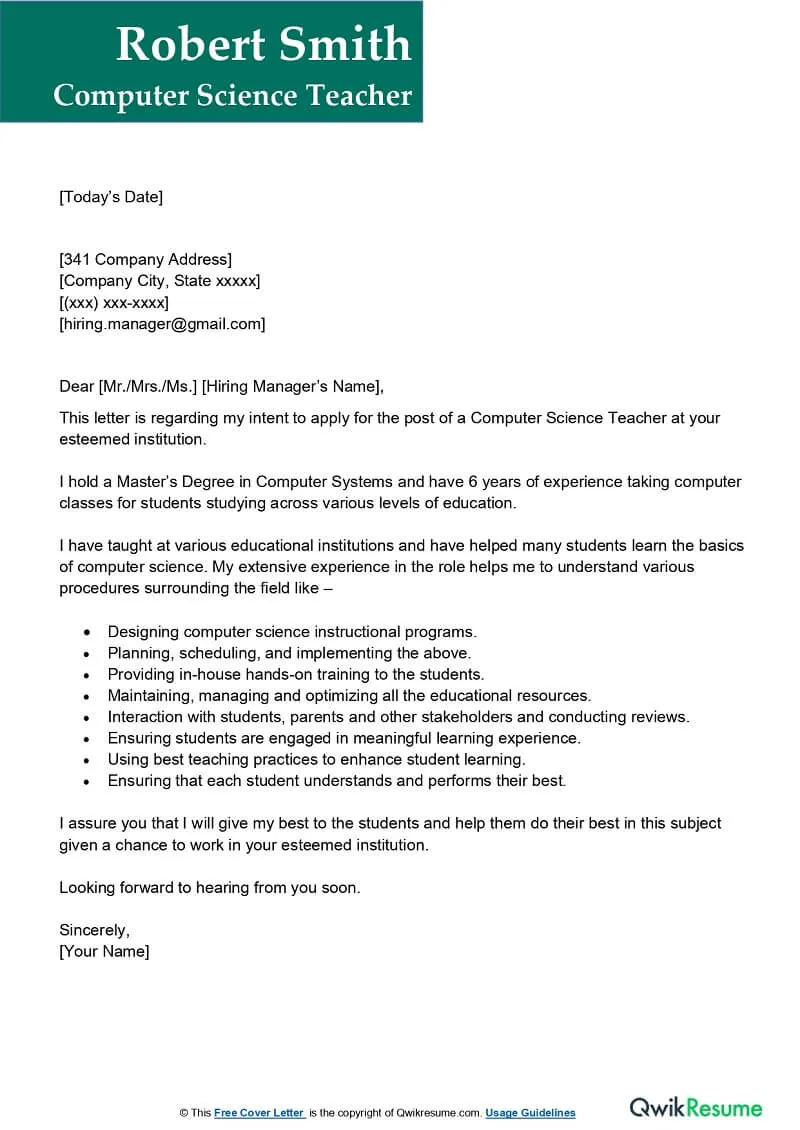
In computer science, technical skills are paramount. Clearly list the programming languages, tools, and technologies you are proficient in. Be specific, and don’t just list generic terms. Include your experience with specific frameworks, libraries, and software. Mention relevant certifications or training programs. Tailor your list to the job description, highlighting the skills that match the requirements. If the job requires experience with Python, for example, make sure Python is prominently displayed. Use your cover letter to demonstrate your understanding of the technical landscape and your ability to apply your skills to solve problems. Briefly explain how you’ve used these technical skills in past projects. This helps to show your technical competencies beyond just a list of keywords, adding weight to your claims.
Demonstrating Your Soft Skills
While technical skills are crucial, soft skills are equally important in the computer science field. Highlight your communication, teamwork, problem-solving, and time-management skills. Provide examples of how you’ve demonstrated these skills in a professional setting. For example, describe a time you successfully collaborated with a team to complete a project, or how you resolved a conflict. Soft skills demonstrate your ability to work effectively with others, manage your time, and adapt to challenges. Companies seek individuals who are not only technically proficient but also able to contribute positively to the work environment. Showcase how you build strong relationships, work well under pressure, and communicate effectively. This will create a more complete picture of you as a candidate.
Tailoring Your Cover Letter to the Job
One of the most critical steps in cover letter writing is tailoring it to each specific job application. Don’t use a generic cover letter for every position. Carefully review the job description and identify the key requirements and keywords. Customize your letter to match the specific needs and expectations of each role and company. Highlight the skills and experiences that are most relevant to the job. Research the company’s mission, values, and culture. Show that you understand their business and their goals. The more you tailor your cover letter, the more likely it is to capture the hiring manager’s attention. Demonstrating that you’ve taken the time to understand the role and the company shows your genuine interest and increases your chances of getting an interview. It is the most powerful way to make your application stand out.
Researching the Company
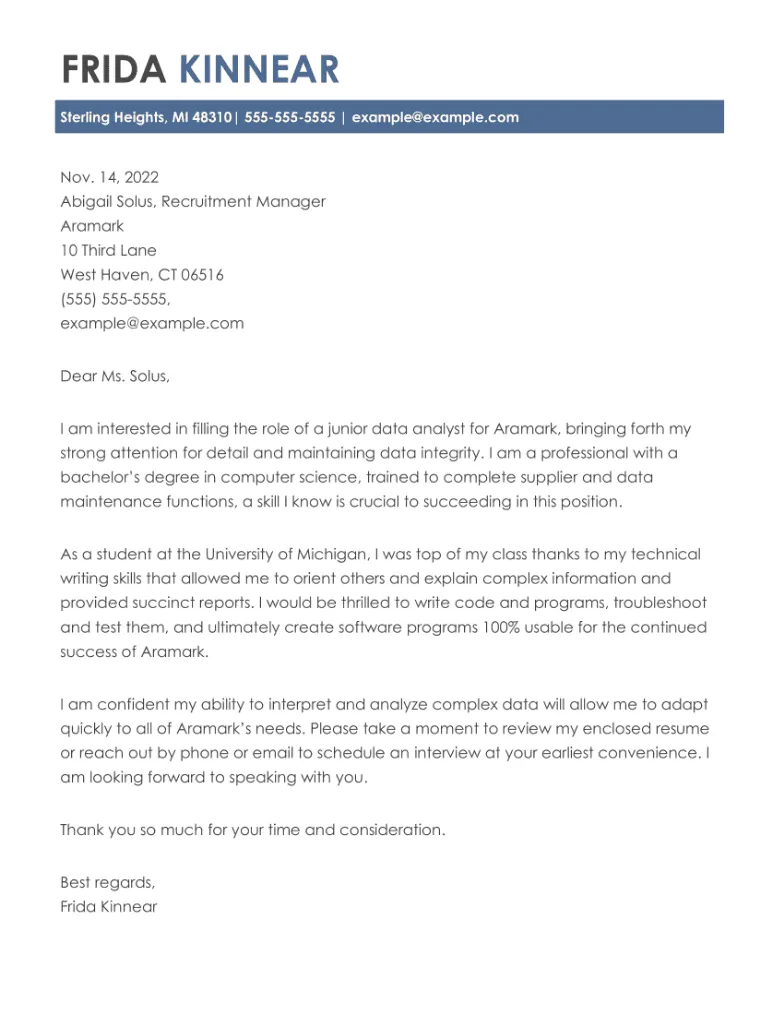
Before you start writing your cover letter, research the company. Understand their products or services, their target market, and their company culture. Visit their website, read their blog, and check their social media profiles. Identify their recent projects, their achievements, and their values. This research will help you tailor your cover letter to align with their specific needs and interests. Mentioning the company by name and referencing their work demonstrates your genuine interest. It shows that you have taken the time to learn about the organization. Tailoring your cover letter to the company is a powerful way to show you are serious about the opportunity. This is often the first impression you will make, so do your best to reflect the knowledge and dedication of a top applicant.
Matching Skills to Job Requirements
Carefully analyze the job description and identify the required skills, qualifications, and experiences. Create a list of your skills and experiences. Then, match those with the job requirements. Highlight the skills that align directly with what the employer is seeking. Provide specific examples of how you’ve used those skills in the past. Use keywords from the job description in your cover letter. This will make your application more likely to be noticed by applicant tracking systems (ATS). By explicitly connecting your skills and experience to the job requirements, you demonstrate your suitability for the role and increase your chances of securing an interview. This approach also shows that you are not only qualified but also prepared to step into the role and contribute from day one.
Providing Specific Examples
Avoid making vague statements about your skills and experience. Instead, provide specific examples that demonstrate your abilities. For instance, if you claim you have strong problem-solving skills, describe a challenging technical issue you resolved and the steps you took. If you say you are a team player, explain how you collaborated with others to achieve a project goal. Use the STAR method (Situation, Task, Action, Result) to structure your examples. Clearly describe the situation, your task, the action you took, and the result. This method provides a clear and concise way to illustrate your qualifications. Specific examples make your claims more credible and memorable. They leave a lasting impression on the hiring manager and make it easier for them to envision you in the role. Always make sure examples support your claims.
The Closing Paragraph and Call to Action
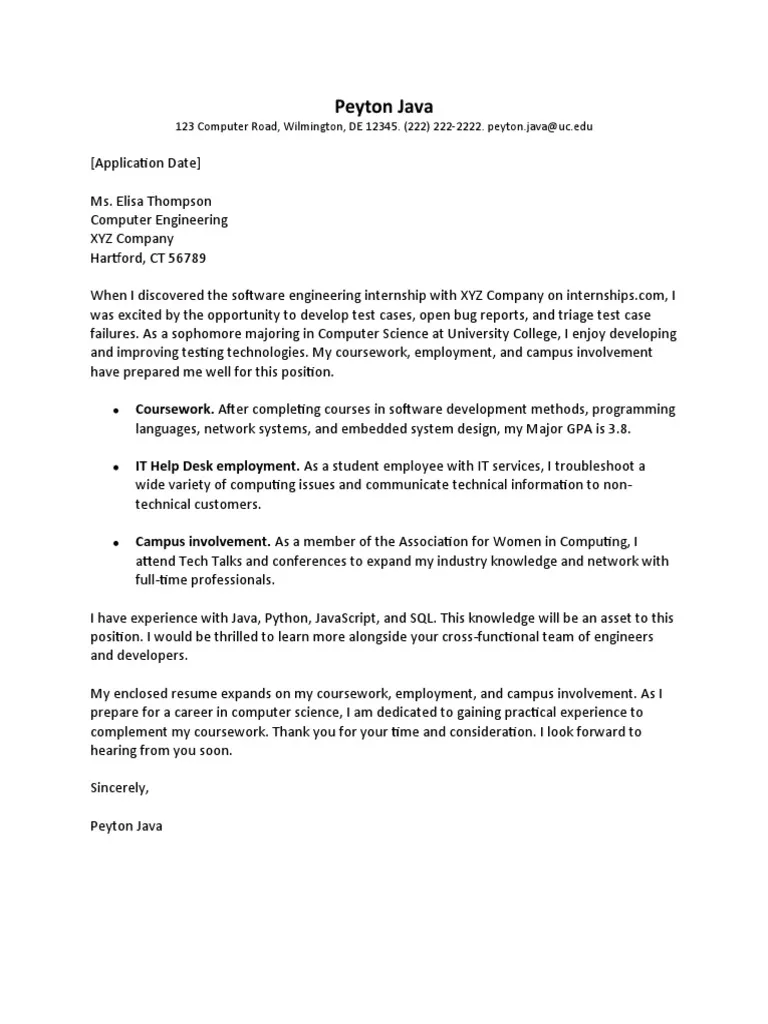
Your closing paragraph should reiterate your interest in the position and the company. Express your enthusiasm for the opportunity and briefly summarize why you are a good fit. Include a clear call to action, such as stating your availability for an interview or indicating your willingness to provide additional information. Thank the hiring manager for their time and consideration. Keep it concise and professional. A strong closing paragraph leaves a positive lasting impression and encourages the hiring manager to take the next step. It shows your eagerness and professionalism. Make sure the call to action is clear and easy for the hiring manager to act on, such as ‘I am available for an interview at your earliest convenience’ or ‘I look forward to hearing from you soon’.
Expressing Enthusiasm and Availability
Expressing genuine enthusiasm is crucial. Convey your excitement for the opportunity and the company. Let the hiring manager know why you are interested in the specific role and what you are most looking forward to. Show your passion for computer science and your commitment to making a positive impact. In addition to showing your enthusiasm, clearly state your availability for an interview. Provide your contact information and mention how you can be reached. Be proactive and show that you are ready and willing to move forward in the hiring process. A strong display of both enthusiasm and availability can significantly increase your chances of receiving a positive response. This is another important step in leaving a positive lasting impression.
Proper Formatting and Proofreading
Proper formatting and meticulous proofreading are essential for a professional cover letter. Ensure your cover letter is easy to read and visually appealing. Errors in formatting or spelling can make a negative impression. Pay attention to the layout, font, spacing, and overall design. Proofread your cover letter multiple times, checking for any grammatical errors, typos, or inconsistencies. Ask a friend or colleague to review your letter as well. A polished cover letter reflects your attention to detail and professionalism. Double-check your contact information. A clean, well-formatted cover letter is more likely to be read and taken seriously.
Formatting Guidelines
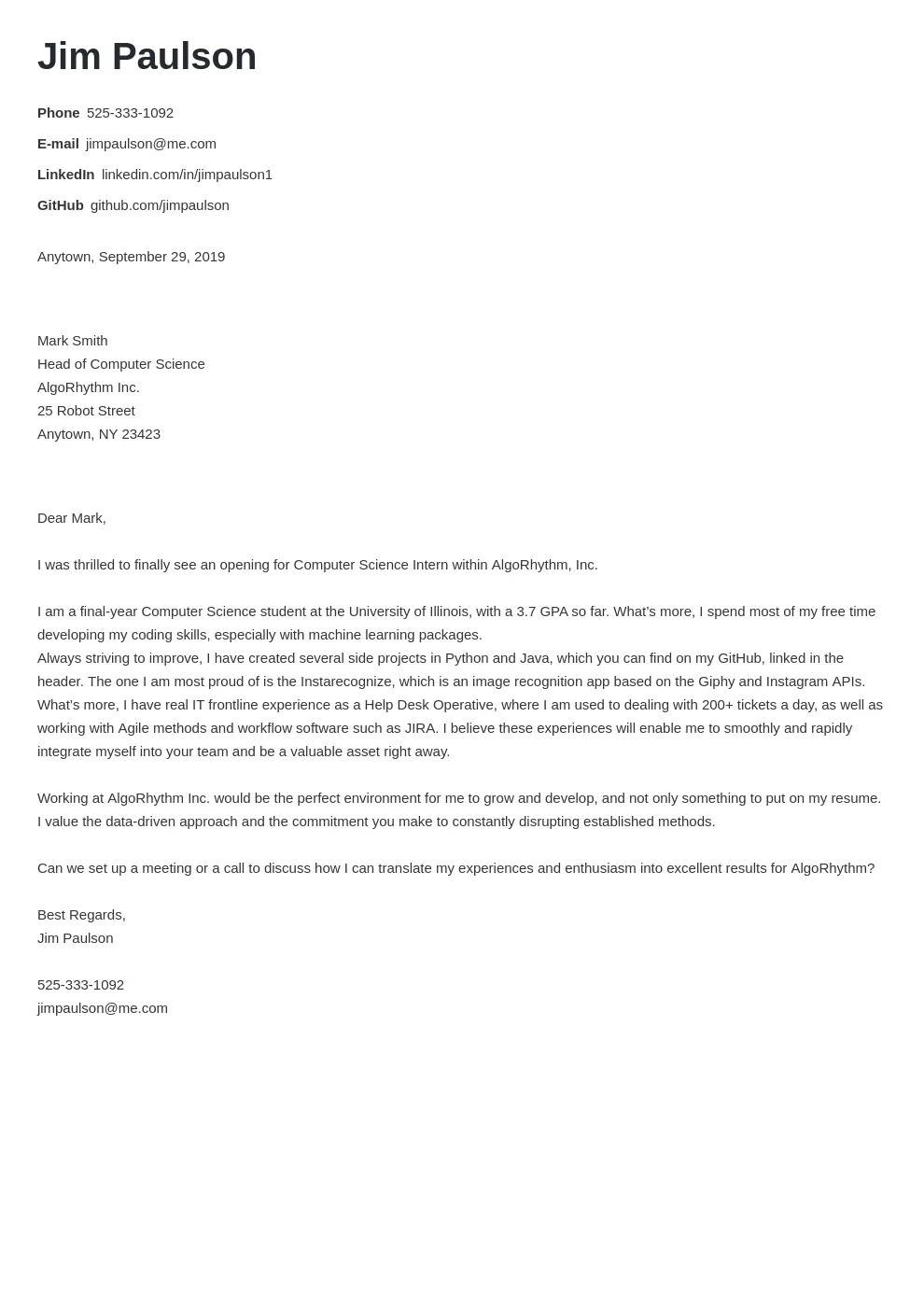
Follow these formatting guidelines. Use a professional font such as Times New Roman, Arial, or Calibri, and a font size between 10 and 12 points. Maintain consistent formatting throughout the document. Use single spacing within paragraphs and double spacing between paragraphs. Use standard 1-inch margins. Align your text to the left. Avoid excessive use of bolding, underlining, or italics. Keep your cover letter to one page. This is usually enough to convey your message. A well-formatted cover letter is easy to read and enhances your professional image. Ensure your header includes your contact information, and that the recipient’s information is also clear and well organized. Avoid using excessive colors or graphics, as they can be distracting.
Proofreading Checklist
Use a proofreading checklist to ensure your cover letter is error-free. Check for spelling errors, grammatical errors, and punctuation errors. Review the letter for clarity, conciseness, and flow. Ensure that your formatting is consistent and professional. Verify all contact information. Check that your name and the hiring manager’s information are correct. Read the cover letter aloud to catch any awkward phrasing. Have a friend or colleague proofread your cover letter. After completing your proofread, make sure you have addressed the job posting. A perfectly proofread letter demonstrates your attention to detail and professionalism. It shows you care enough to present a perfect version of yourself. It also increases your credibility with the hiring manager.
Cover Letter Examples for Computer Science
Studying cover letter examples can provide valuable insight. Review samples tailored to different experience levels and job types. Analyze the structure, language, and tone. Use these examples as a guide to create your own cover letter, adapting them to your specific qualifications and the job requirements. Consider the style and format of the example and how it communicates value. Choose an example appropriate for your experience level. Remember to personalize your cover letter. Do not copy any example, as that will be considered plagiarism. The examples are a resource to help you with your own letter.
Entry-Level Cover Letter Example
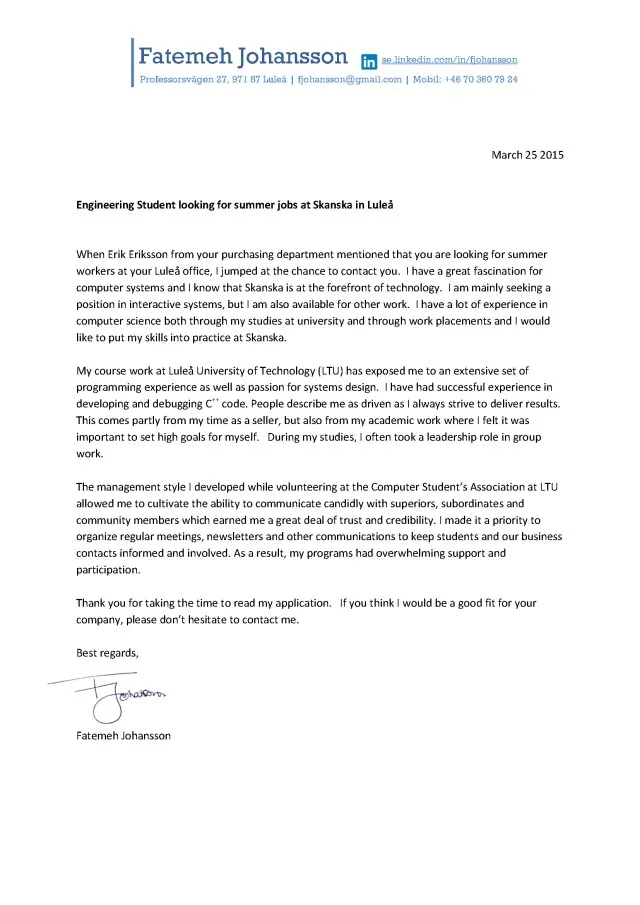
An entry-level cover letter should highlight your academic achievements, projects, and any relevant internships or volunteer experiences. It should demonstrate your passion for computer science and your eagerness to learn. Focus on transferable skills and relevant coursework. For example, you might mention your experience with coding languages, software development methodologies, or problem-solving skills. Highlight projects you’ve worked on, even if they were part of your studies, and quantify your achievements. Emphasize any extracurricular activities or personal projects that demonstrate your interest in the field. A well-written entry-level cover letter can help you land your first job in the competitive computer science industry. This should include your contact information. It should include a clear opening, body, and conclusion, showing you’re eager to start your career.
Experienced Professional Cover Letter Example
For experienced professionals, a cover letter should showcase your accomplishments and career progression. Focus on your key achievements and the impact you’ve made in previous roles. Quantify your achievements with specific data. For example, mention how you improved efficiency, reduced costs, or increased revenue. Highlight your technical expertise and the skills that are most relevant to the job. Tailor the content to match the specific requirements of the role. Your cover letter should be a summary of how you have used your technical and soft skills to reach significant goals. This should also show that you have great leadership and problem-solving skills. Make it clear why you are interested in the opportunity. Focus on your experience and how you can contribute to the company’s success. Show the skills and experience to contribute to the company’s success.
